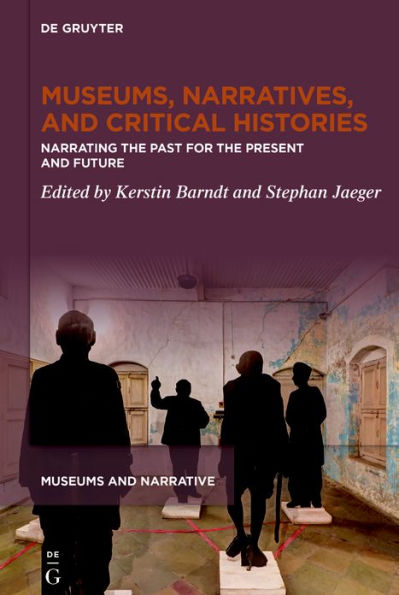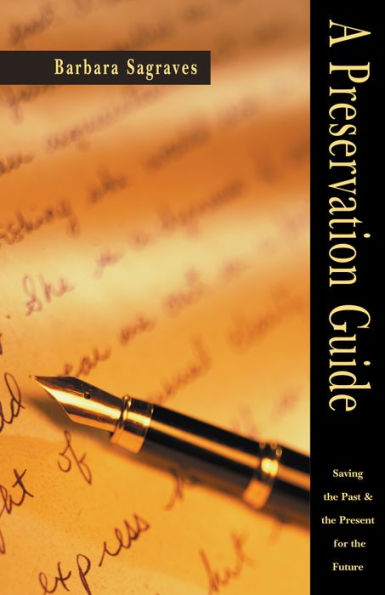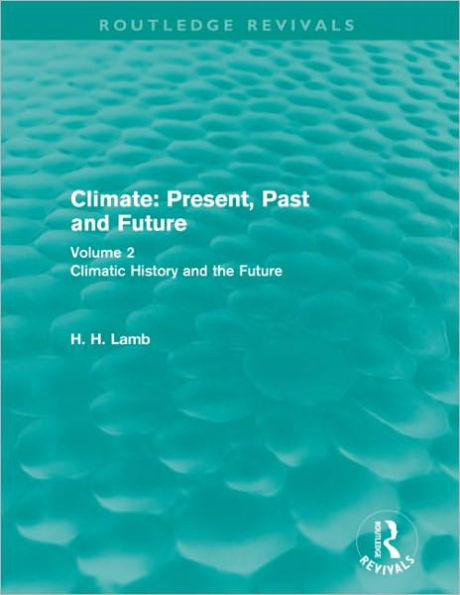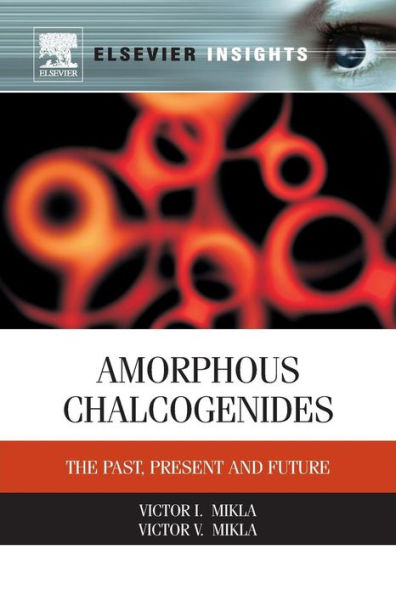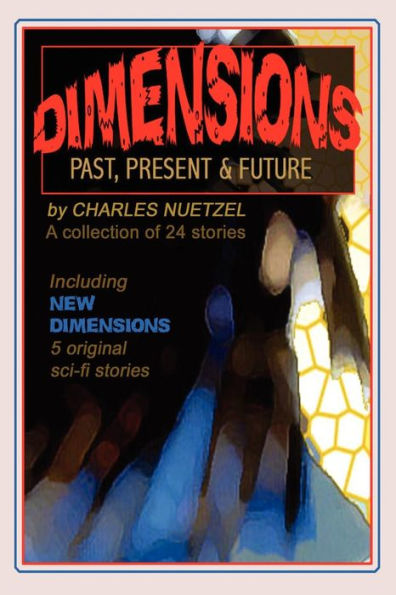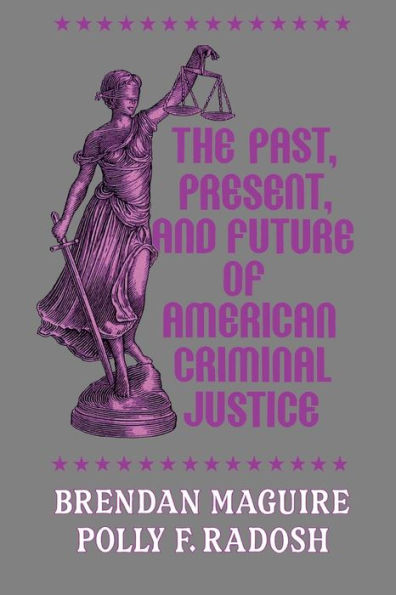Home
Presenting the Past: Anxious History and Ancient Future Hindutva India
Barnes and Noble
Presenting the Past: Anxious History and Ancient Future Hindutva India
Current price: $95.00
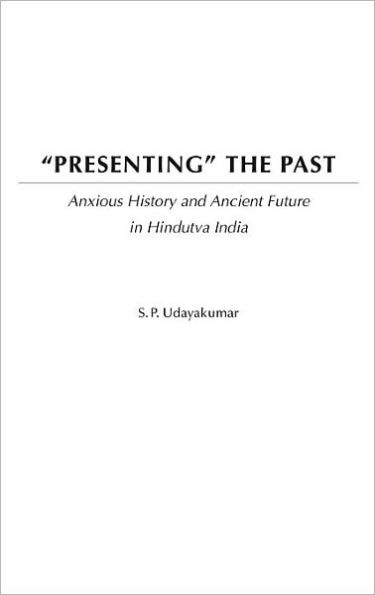

Barnes and Noble
Presenting the Past: Anxious History and Ancient Future Hindutva India
Current price: $95.00
Size: Hardcover
Loading Inventory...
*Product information may vary - to confirm product availability, pricing, shipping and return information please contact Barnes and Noble
The interface of identity construction practices and the role of knowledge of the past in that continual process manifests itself in contemporary Hindu-Muslim relations and political governance.
Presenting' the Past
studies the religious, cultural, sociological, and ideological dimensions of the Hindutva historiographical project going back and forth into the realms of history, myth, socialization, and governance. Taking Ram' and the division of the Indian society into Rambhakts (Ram devotees) and non-Rambhakts as the core, Udayakumar proceeds by reading the closely related set of texts: the
Ramayana, Ramarajya
(State of Ram) imageries in political discourses, the Babri Masjid/Ramjanmabhumi controversy in Ayhodhya and the Ramraksha governance of the BJP-led government in New Delhi.
With analysis of events dating to the 1920s and the establishment of Muslim separatism and Hindu fundamentalism, extending to the 1990s when the Sangh Parivar's narrative of national history' reached its pinnacle with the demolition of the Babri Masjid and the attainment of state power, and terminating in 2004 when the BJP lost power and prominence at the center, this illuminating discourse is readily accessible to students and scholars of contemporary Indian politics and society.
Presenting' the Past
studies the religious, cultural, sociological, and ideological dimensions of the Hindutva historiographical project going back and forth into the realms of history, myth, socialization, and governance. Taking Ram' and the division of the Indian society into Rambhakts (Ram devotees) and non-Rambhakts as the core, Udayakumar proceeds by reading the closely related set of texts: the
Ramayana, Ramarajya
(State of Ram) imageries in political discourses, the Babri Masjid/Ramjanmabhumi controversy in Ayhodhya and the Ramraksha governance of the BJP-led government in New Delhi.
With analysis of events dating to the 1920s and the establishment of Muslim separatism and Hindu fundamentalism, extending to the 1990s when the Sangh Parivar's narrative of national history' reached its pinnacle with the demolition of the Babri Masjid and the attainment of state power, and terminating in 2004 when the BJP lost power and prominence at the center, this illuminating discourse is readily accessible to students and scholars of contemporary Indian politics and society.


